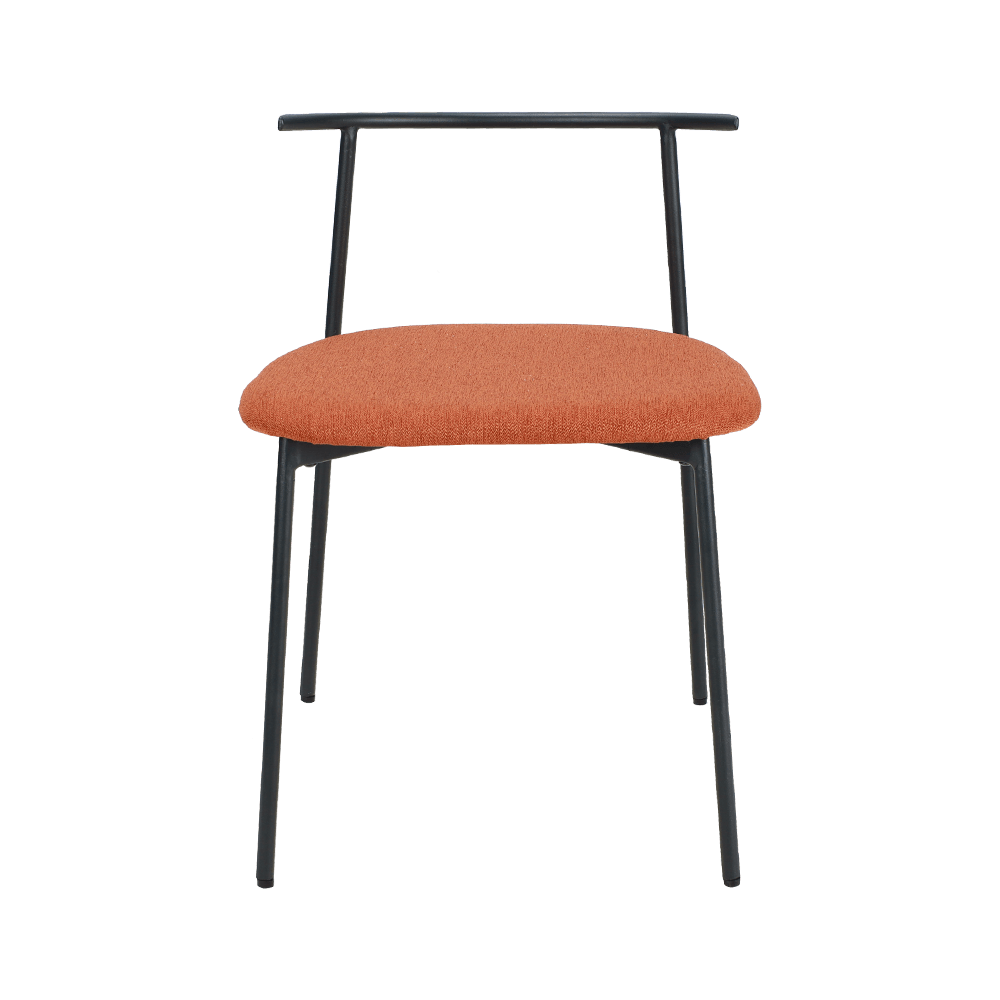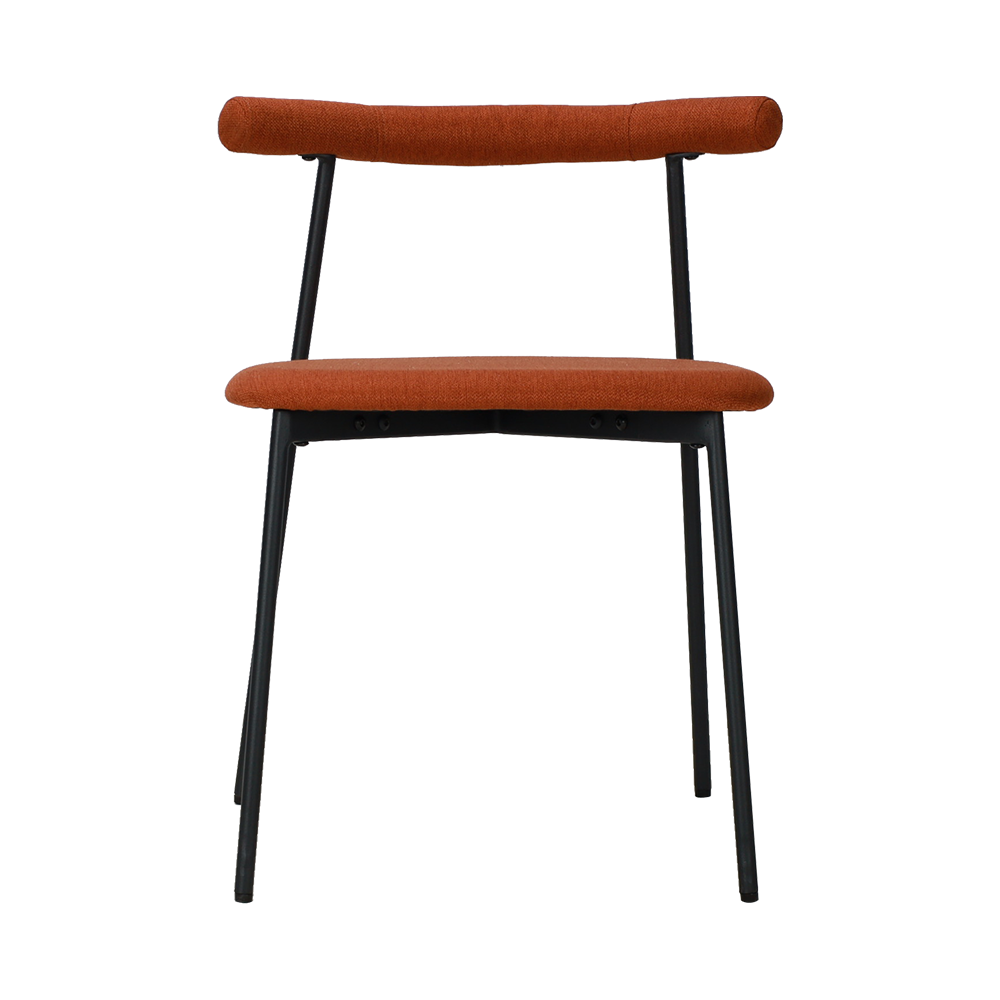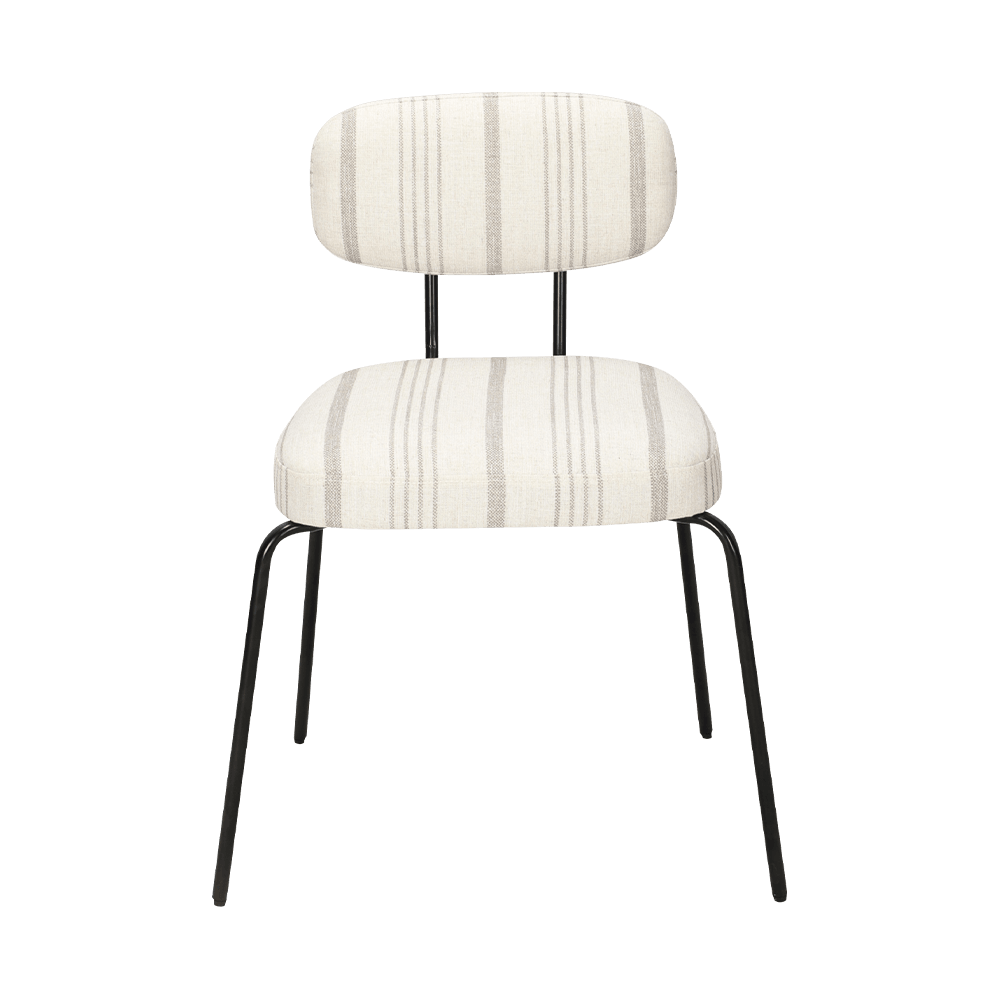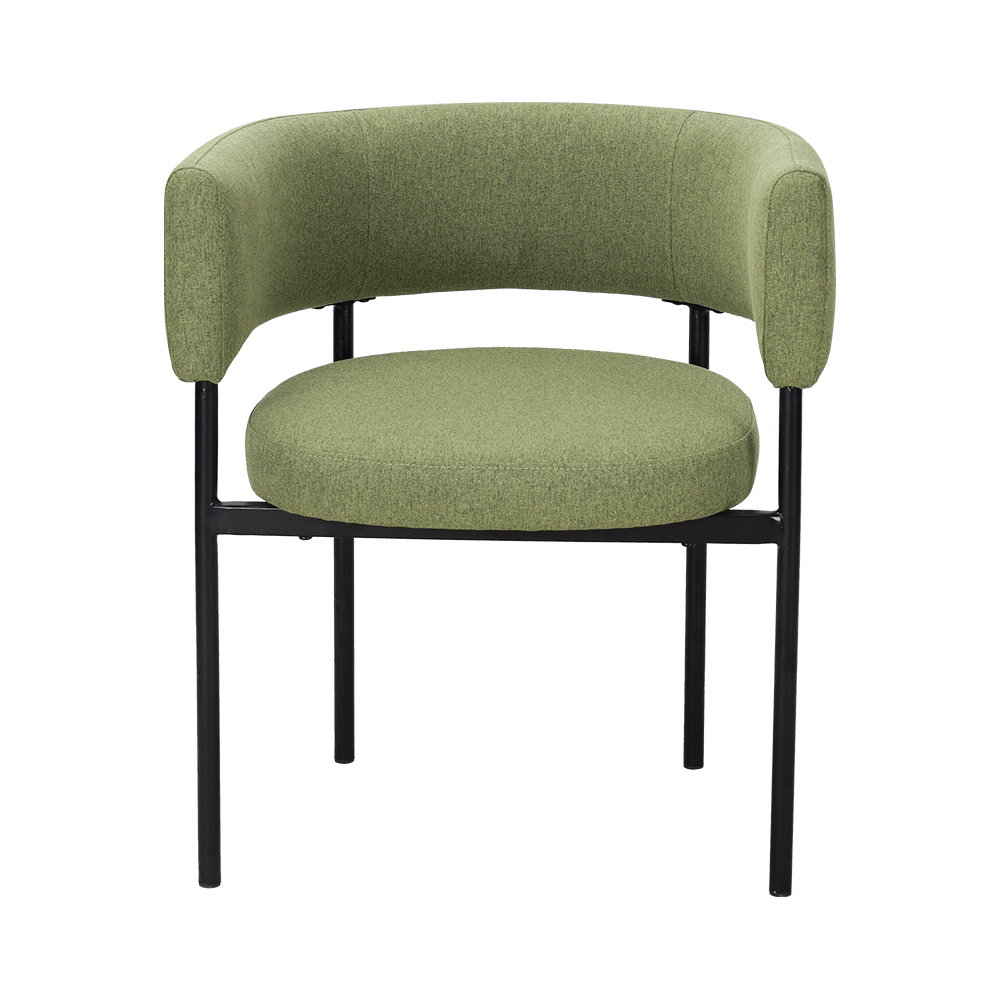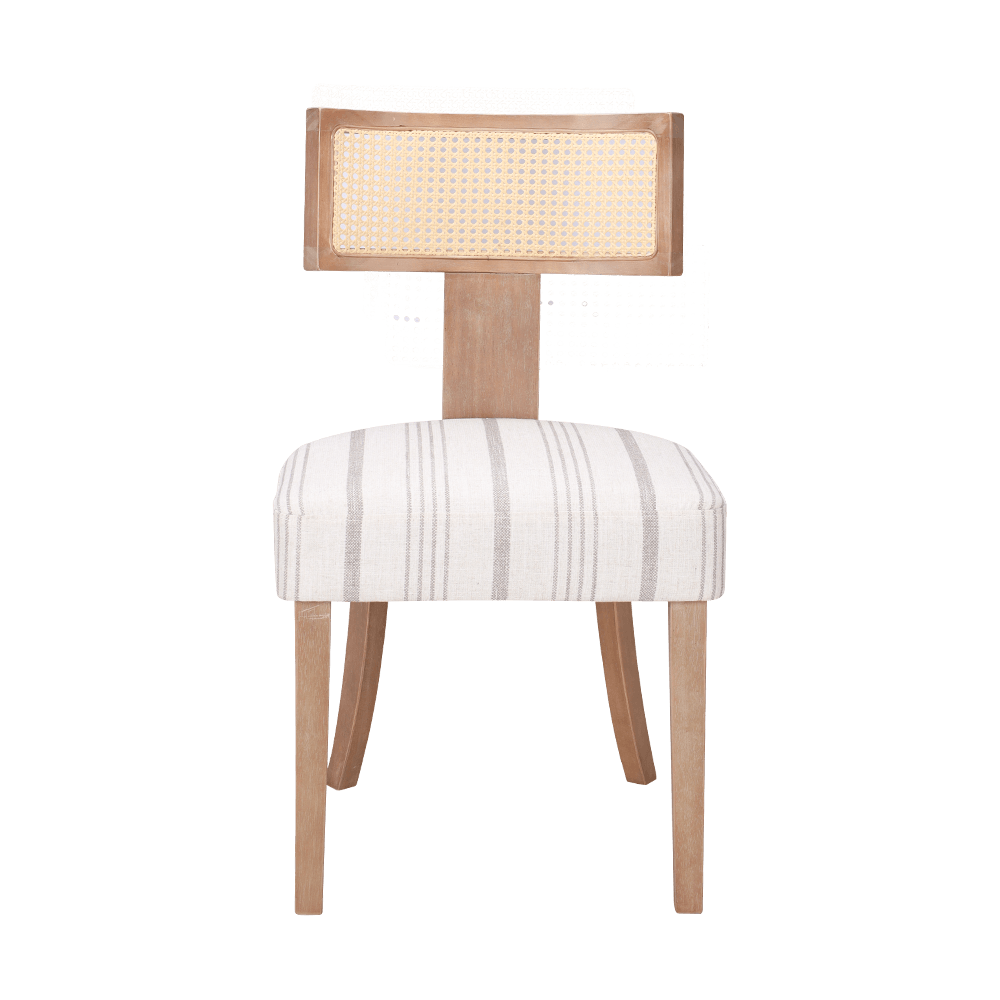Practical Design Value of Lounge Chairs in Modern Living Rooms
Posted by Zhejiang Wanchang Furniture Co., Ltd.
Why Lounge Chairs Are Functional Anchors in Living Room Spaces
A lounge chair in the living room serves more than a seating function; it shapes daily comfort patterns, enhances visual balance, and creates a dedicated personal retreat zone. Compared with a standard sofa, a lounge chair introduces more freedom in placement and posture support, offering a focused comfort experience for reading, napping, or personal relaxation. Modern living environments emphasize flexible zones rather than rigid layouts, and lounge chairs respond well to this approach by acting as adaptable comfort and design elements.
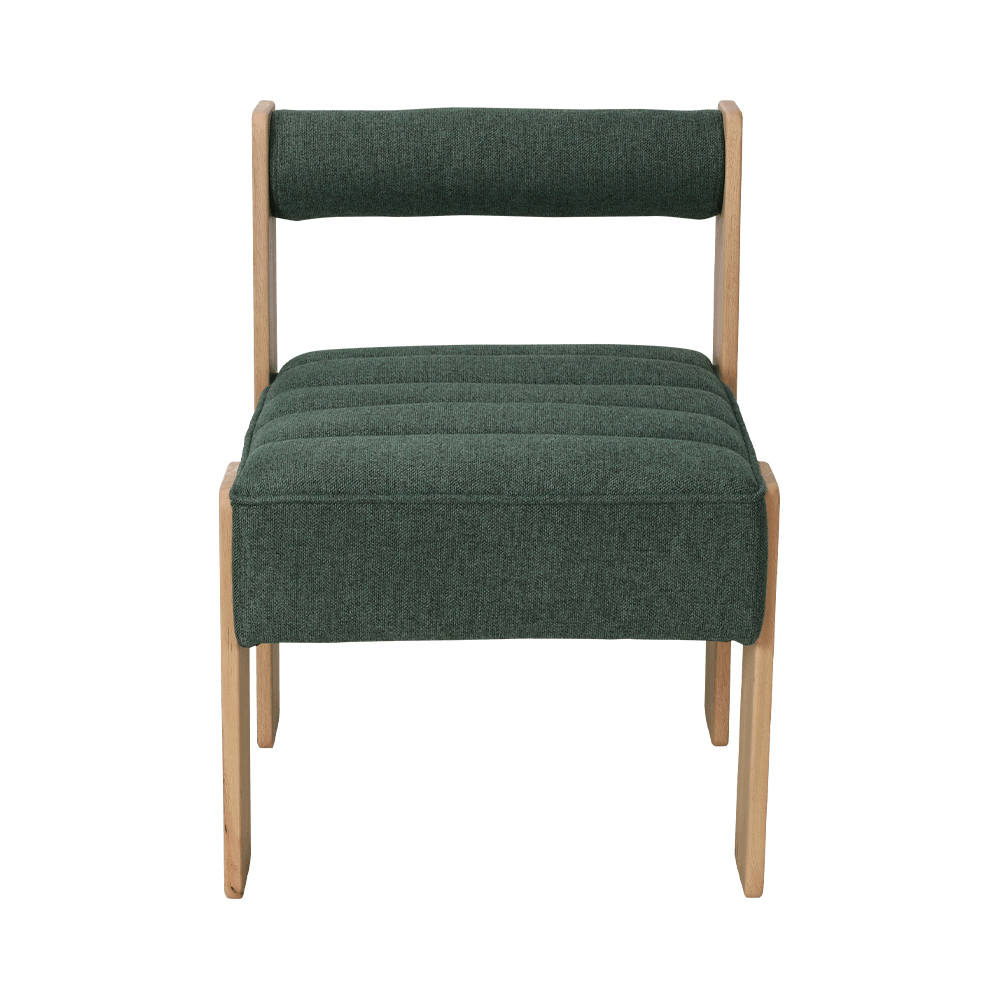
Comfort Engineering: Ergonomics and Cushioning Considerations
In living rooms designed for prolonged resting and light leisure activities, ergonomic lounge chairs help maintain posture and reduce pressure points. Factors such as seat depth, backrest curve, armrest height, and foam density directly affect user comfort. Upholstery materials also influence breathability, touch, and long-term support performance. Selecting a lounge chair that matches the individual's height and typical seating preference improves real-world relaxation quality in daily use.
Comfort-Focused Elements
- Reclining or angled backrest to support spine alignment
- High-density cushions for balanced softness and structural integrity
- Breathable or tactile fabrics such as linen, velvet, or leather
Style Coordination for Modern Interior Consistency
A lounge chair functions as a visual accent in the living room, helping define character and layering. Whether paired with minimalist decor, contemporary interiors, or Scandinavian soft-neutral tones, lounge chairs bring dimensional contrast through form, color, and texture. Curved silhouettes soften rigid furniture lines, while bold colors offer controlled personality without disrupting cohesion. Matching materials or coordinating tones between lounge chairs and sofas helps maintain a consistent design language.
Popular Design Directions
- Neutral fabric lounge chairs for light, airy Scandinavian themes
- Leather lounge chairs for refined contemporary or industrial spaces
- Organic-shaped lounge chairs to add softness in minimalist settings
Placement Strategies to Maximize Living Room Flow and Purpose
Effective placement of a lounge chair supports circulation and spatial zoning. Positioning near windows creates daylight reading corners, while placing the chair near conversation zones enhances social interaction without crowding seating around the sofa. A lounge chair can also introduce asymmetry for modern layouts or act as a transition between open-plan living areas. Balancing proportions with coffee tables, side tables, and floor lamps supports functional layering and maintains visual comfort.
| Placement Concept | Typical Purpose | Suitable Chair Styles |
| Window Corner | Reading and personal retreat zone | High-back lounge chair, swivel lounge chair |
| Opposite Sofa | Conversation seating balance | Structured cushioned lounge chair |
| Open-Plan Divider | Soft zoning between living and dining | Low-profile or curved lounge chair |
Longevity and Material Considerations for Everyday Home Use
Living room lounge chairs experience daily contact, making material resilience and frame stability key selection criteria. Solid wood or metal structures increase durability, while reinforced stitching and high-quality upholstery reduce wear in high-touch areas. Cushions with resilient foam or pocket springs maintain shape over time. Selecting stain-resistant or removable covers supports long-term maintenance, especially in families with pets or children.




 中文简体
中文简体 English
English